Bikes are way more fun these days
Like me, if you've been riding higher-end "performance" bikes for a while, you know first-hand how much better they are than they used to be. And by better, I mean way more fun.
My first mountain bike (that is, not the Canadian Tire-sold monstrosity that preceded it or the oversized fully rigid 1994 Specialized Rockhopper that came second) was a 21" 1996 Rocky Mountain Hammer Race.
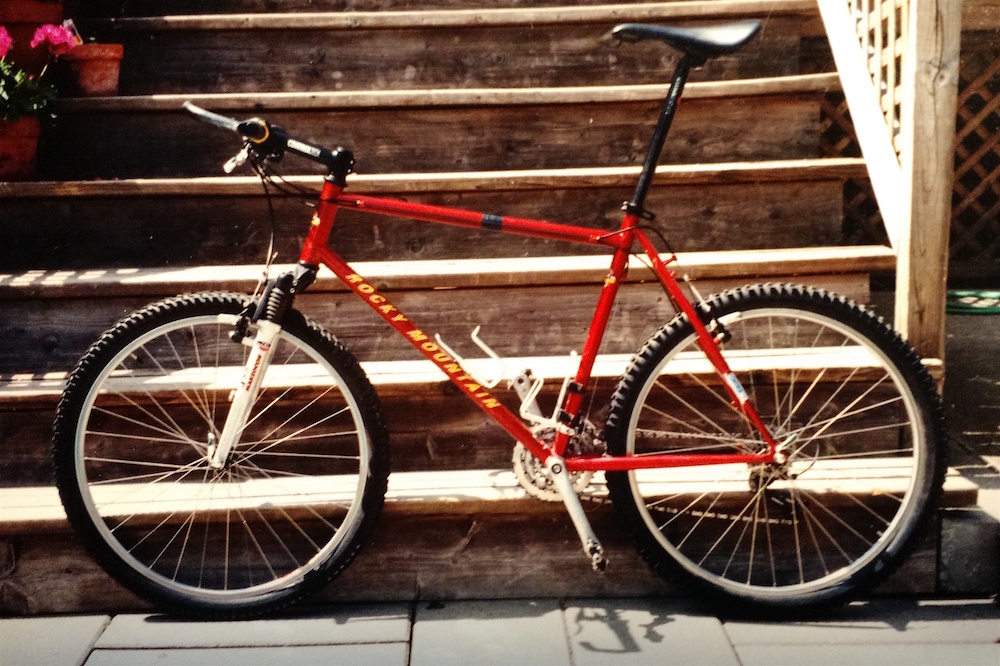
The Hammer Race came with a flexy noodle fork - the Rock Shox Quadra 21R - that the year after I replaced with an equally flexy but better damped fork in the Marzocchi XC 700.
The Rocky frame, as you can see in the photo was huge (as was the seatpost height; what is going on there?) and looked especially goofy when mounted with tiny 26" wheels and skinny 2.0" tires. Add to that the long stem and bar-ends, and I had myself a bendy, nervous and tippy ride ...albiet one that I dearly loved at the time.
So there it is, what used to be considered part and parcel of the average mountain bike experience:
- Flexible, short-travel elastomer suspension fork
- Weak, heavy steel-tubed frame
- Long stem that resulted in countless endos
- Narrow handlebars leading to twitchy steering
- Bar ends that would regularly snag branches
- Flimsy, narrow rims that constantly needed tuning
- Skinny thin walled tires that didn't grip very well and easily torn by rocks
- V-brakes that didn't so much stop you but just gradually slow your momentum down
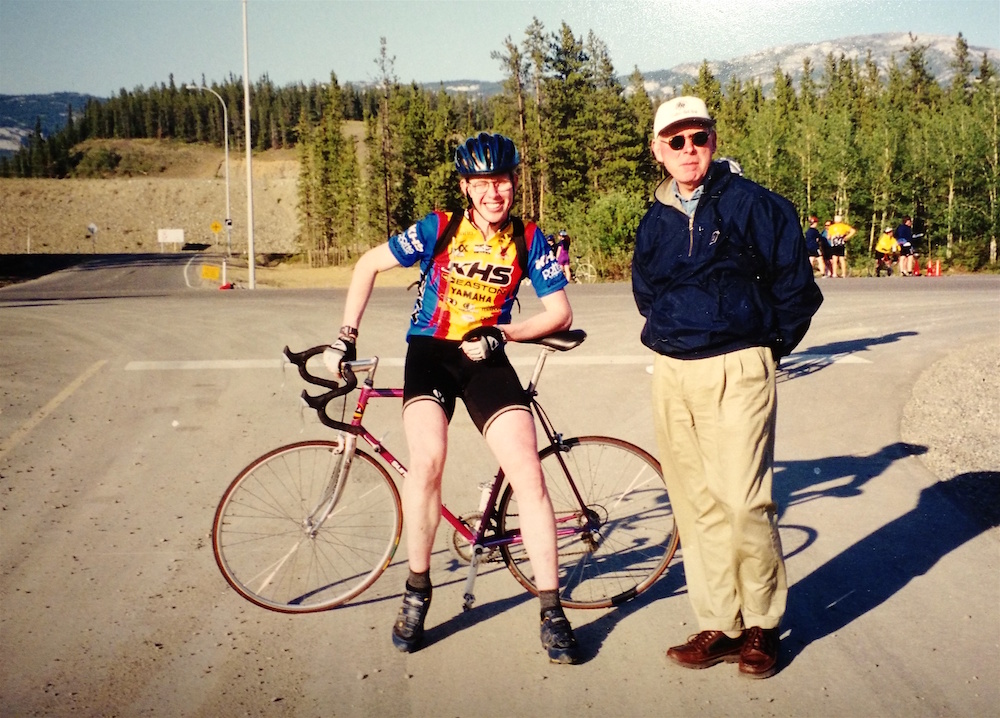
I eventually broke the Hammer at its chainstay and Rocky replaced the frame, so I rode that for a few more years before I got into something else. That something else was affectionally named Big Pink.
Big Pink was an all-steel, heavy 58cm road bike with downtube friction shifters and super skinny 19C tires. No idea on the manufacturer, but I rode the heck out of that thing and it's what enabled me to get into road racing back in 1997.
Behaviour-wise, Big Pink was stable - we're talking Cadillac-like stable - and once it locked into a turn, nothing could shake it. I even rode over a small dog on it once...but that's another story.
As you'd imagine, this design worked well for some types of races but not for others and definitely not criteriums.
Over the years, Big Pink morphed from my main race bike into a cyclocross bike and finally in the end, into a commuter.
That was the everyday road bike experience back then:
- Heavy (but stable) steel frame
- Downtube shifters that always kept you guessing about what gear you were actually in
- Hard, narrow and low-volume tires that you let truly "feel" the road
There were other bikes along the way, like my first sponsored ride in the 21" 1998 KHS Alite 4000.
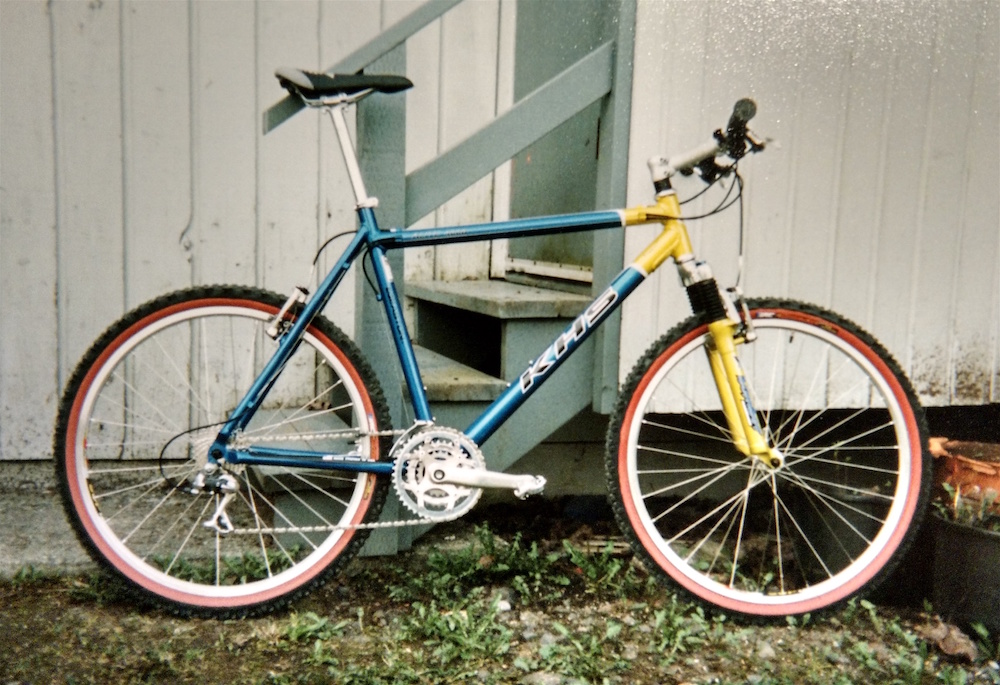
At 24 pounds, the KHS Alite 4000 was at least a good five pounds lighter than the Rocky Mountain Hammer Race. The thing was a scalpel on the trail...and on me. I never had as many injuries from riding a bike as I did from that KHS.
When ridden at full gas - it was a purebred race bike after all - the Alite 4000 was incredible. It sliced, it diced and it rode like it was on rails. On the other hand, when I was tired and would get lazy and not pay attention, the KHS would instantly bite back.
I broke two of these Alite frames, both in the same spot on the downtube at the front of the bike. KHS replaced each and after the second one, suggested I instead ride a steel 1998 KHS Montana Team that was slightly heavier but more durable. I rode that bike for another couple of seasons and then sold it.
There were many more bikes that made their way into my life, but those were the highlights. The Hammer Race, Big Pink and the Alite 4000 were all typical of the average mountain and road bike at the time.
My, oh my how things have changed.
Today I own three bikes:
- 60cm 2013 Kona Zing Supreme road bike
- 21" 2015 Specialized FatBoy fat bike
- XL 2016 Kona Hei Hei Trail mountain bike
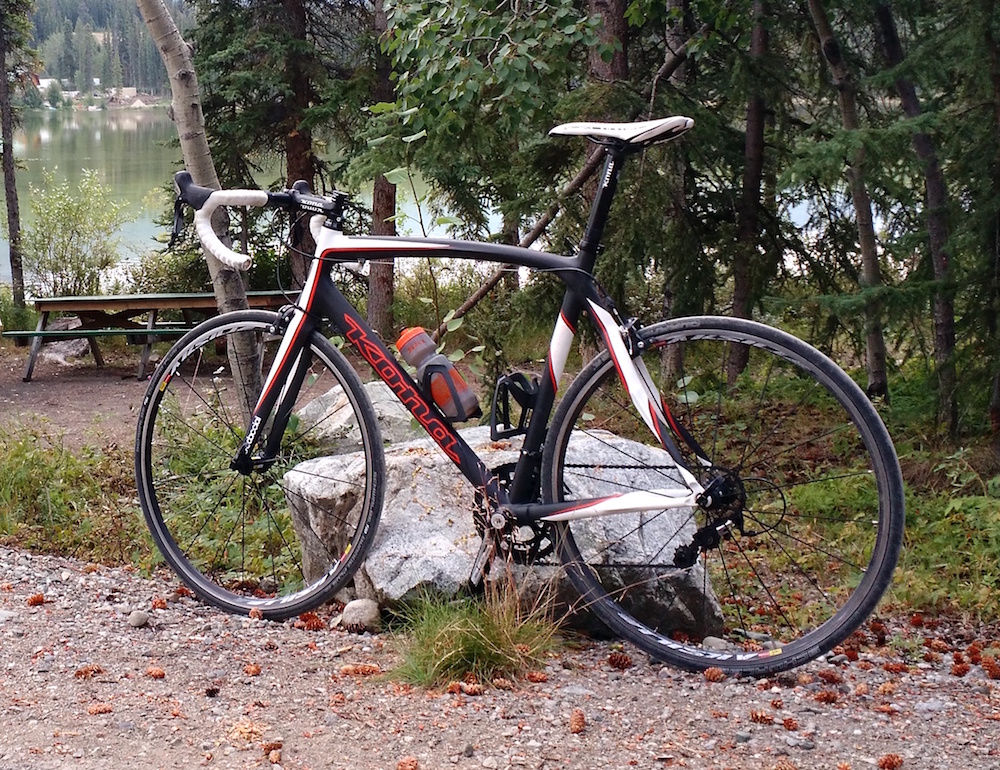
Compared to Big Pink (and the other two road bikes I've owned in addition to it) the swoopy, all-carbon fibre Kona Zing Supreme is quick-handling, stable at speed, easy to accelerate, smooth over the bumps and fast-shifting. I think it also looks pretty cool.
There's of course much lighter bikes out there on the road, but at 19 lbs. the Zing Supreme is feathery enough for me.
At this time in my life, I'm more concerned about strength, durability and a carpet-like ride than the overall weight of my road bike. The Zing delivers on all three points.
Next up is my 21" 2015 Specialized FatBoy.
Back in 1994, I couldn't have imagined a world where I'd be riding a 4.6" tire on a fat bike and absolutely loving it throughout all four seasons.
This is the bike I grab most often when I just want to get out and slowly explore. Or go to the store. Or ride with our kids. Or commute to the office. Or...well you get it, the FatBoy is a versatile bike.
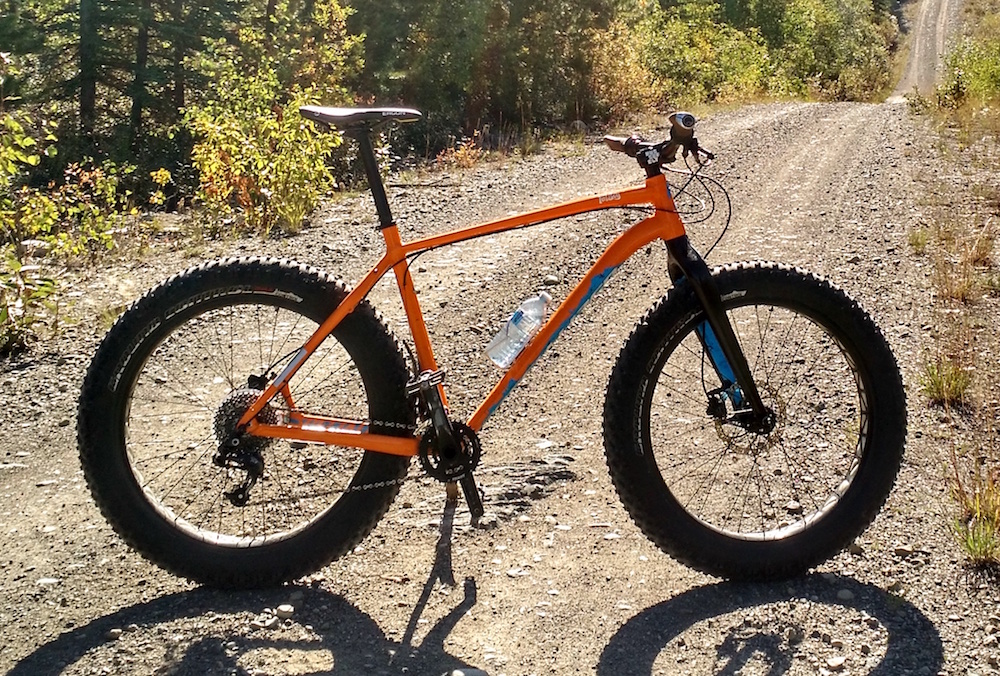
How about its light-weight carbon fibre fork? Hydraulic disc brakes that can reliably stop on a dime at -30 celsius? Shifters that consistently change gears no matter how large my mitts or how frigid the winter air?
The FatBoy looks heavy, but for a 21" bike it's pretty darned light at 33 lbs.
Last but not least is my XL 2016 Kona Hei Hei Trail full-suspension mountain bike. I've saved this one for the final feature because to me it really demonstrates how much more fun bikes are these days compared to two decades ago.
Again, let's rewind to some of the characteristics of my mid-nineties mountain bikes:
- Flexible, short-travel elastomer fork
- Weak, heavy steel-tubed frame
- Long stem that resulted in countless endos
- Narrow handlebars leading to twitchy steering
- Bar ends that would regularly snag branches
- Flimsy, narrow rims that constantly needed tuning
- Skinny thin walled tires that didn't grip very well and easily torn by rocks
- V-brakes that didn't so much stop you but just gradually slow your momentum down
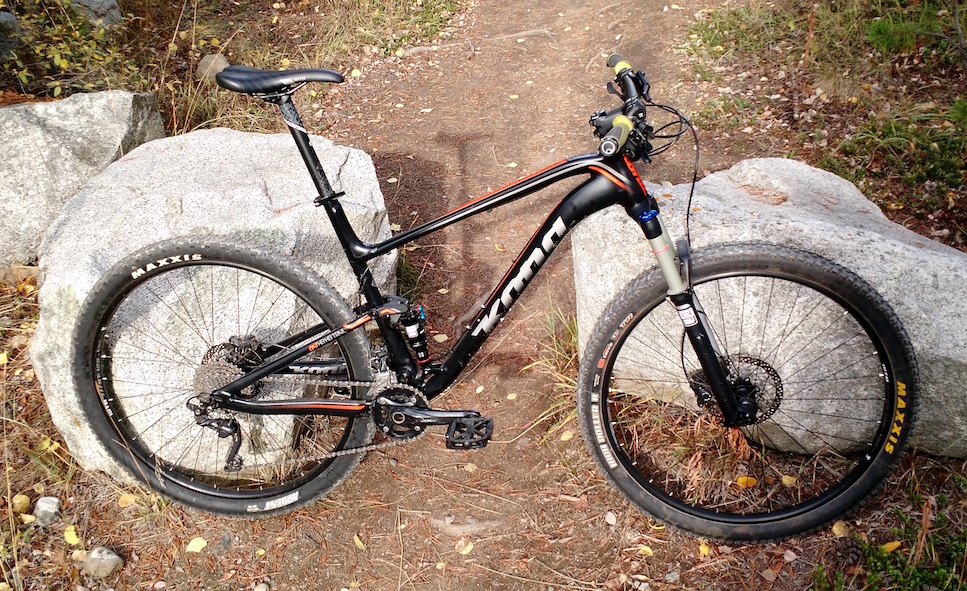
Compared to this list, the Hei Hei sounds like a dream-come-true (and it is)...
The Kona has a smooth and reliable 120mm travel suspension fork. That fork is then connected to a strong, light, quick-steering but remarkably stable suspension frame that rides confidently, everywhere.
Cockpit-wise, it's got a short, stiff and lightweight stem matched to a wide, rigid handlebar. Broad rims that rarely need tuning even after being bashed into all sorts of immovable objects, keep it rolling.
The Hei Hei also has super grippy, fast-rolling and tough tubeless 29er tires and hydraulic disc brakes that grab in all conditions.
Add each of those attributes up and at just under 32 lbs., I've now got a mountain bike that can take on any trail I throw at it.
Bikes have come a LONG way over the past 20 years. I, and I think a lot of people, lose perspective of that given our current marketplace selection and the types of bikes we can buy these days.
So get out there and have some fun.